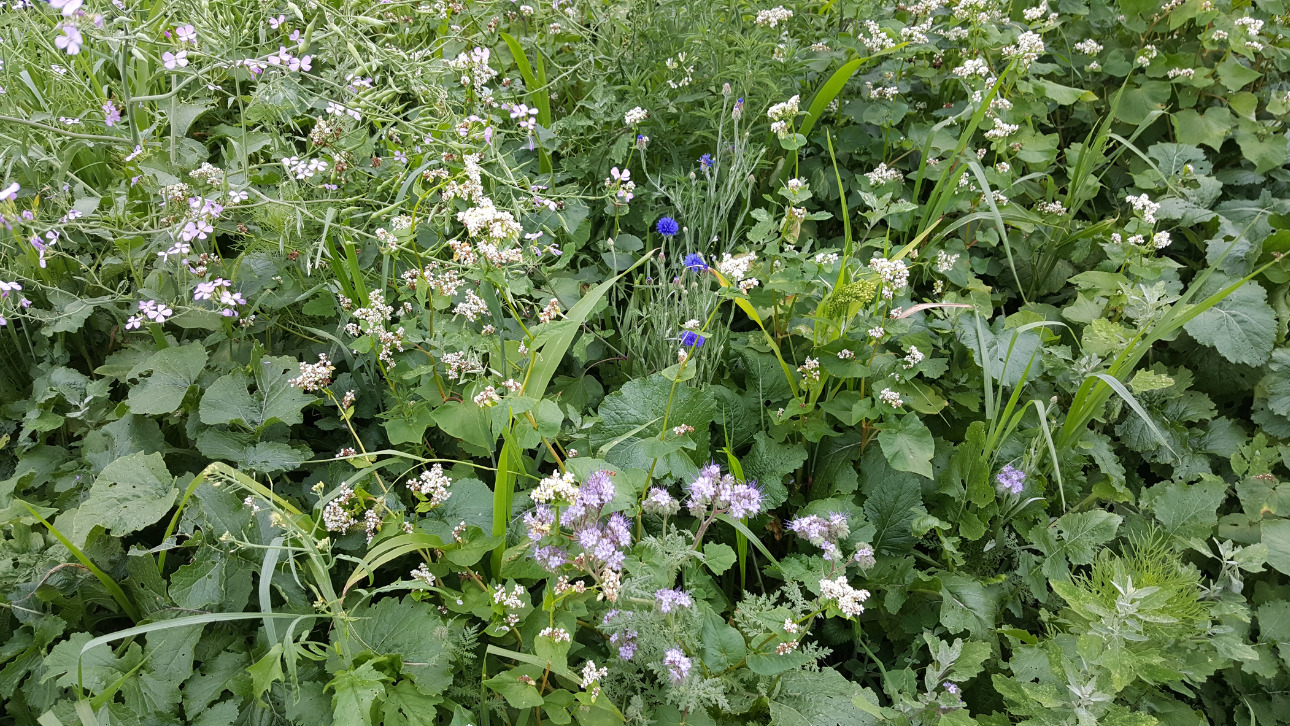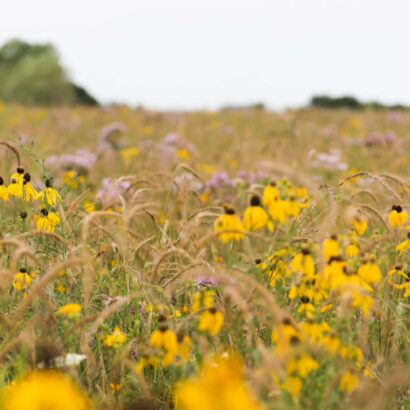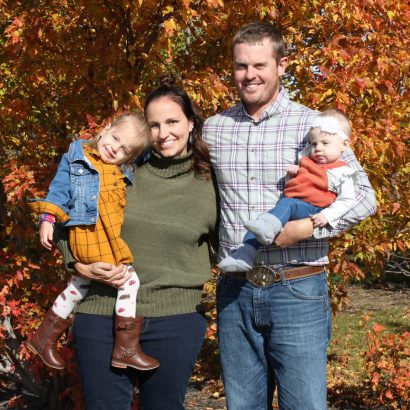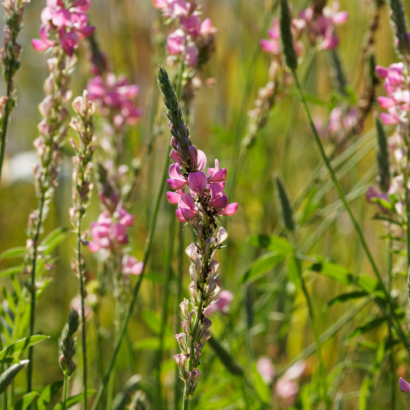Springtime across the Midwest is the most important time of the year for Ring-necked Pheasants. After outsmarting the hunters, the dogs, and surviving the harsh blizzards, pheasants enter spring nesting season in the worst condition they’ve been in all year. Which is why having quality nesting and brooding habitat is crucial.
The terms “Nesting and Brooding Habitat” often get lumped together, but there are key differences between the two. Having both on your farm will lead to a visible increase in bird numbers.
Nesting Cover
Often after the snow melts away in the spring, the cover is thin and laying flat. As you think about nesting cover, consider a cool-season grass and legume mix, as that will be the first to green up and grow in the spring. This will provide the perfect cover for hens to make their nest and incubate their eggs.
Common Nesting Cover Species:
- Alfalfa
- Yellow Blossom Sweet Clover
- Tall Wheatgrass
- Green Needlegrass
- Canada Wildrye
- Intermediate Wheatgrass
- Purple Prairie Clover
The optimum size for nesting areas should be 15-45 undisturbed acres. This allows enough room for hens to spread out and enough ground to make it challenging on nest predators. The nesting season typically begins in early May when nests are built and hens are bred. After breeding, a hen pheasant will lay a single egg per day. A typical ring-neck hen will lay 8-13 eggs per clutch and can re-nest up to four times. After 23 days of incubation, the eggs will begin to hatch; this is when brood rearing cover becomes important.
Brood Cover
Brooding Cover is used as soon as the chicks are hatched. The flightless period for pheasant chicks is when the most mortality occurs and a good brood mix allows the chicks room underneath the canopy to forage on an abundance of insects. A brood mix that provides overhead cover will also protect new chicks from heat stress. This type of cover should be very close to dedicated nesting cover, as once the chicks hatch they will have a short distance to travel.
Common Brood Mix Species
If you’re looking for a blend that combines all of these species, you can find that in our Primal Final Flush Mix. If you have any questions on nesting or brood habitat, or would like to put together a habitat mix, please contact our Team Millborn Conservation + Wildlife specialists.




Discussion
0 Comments